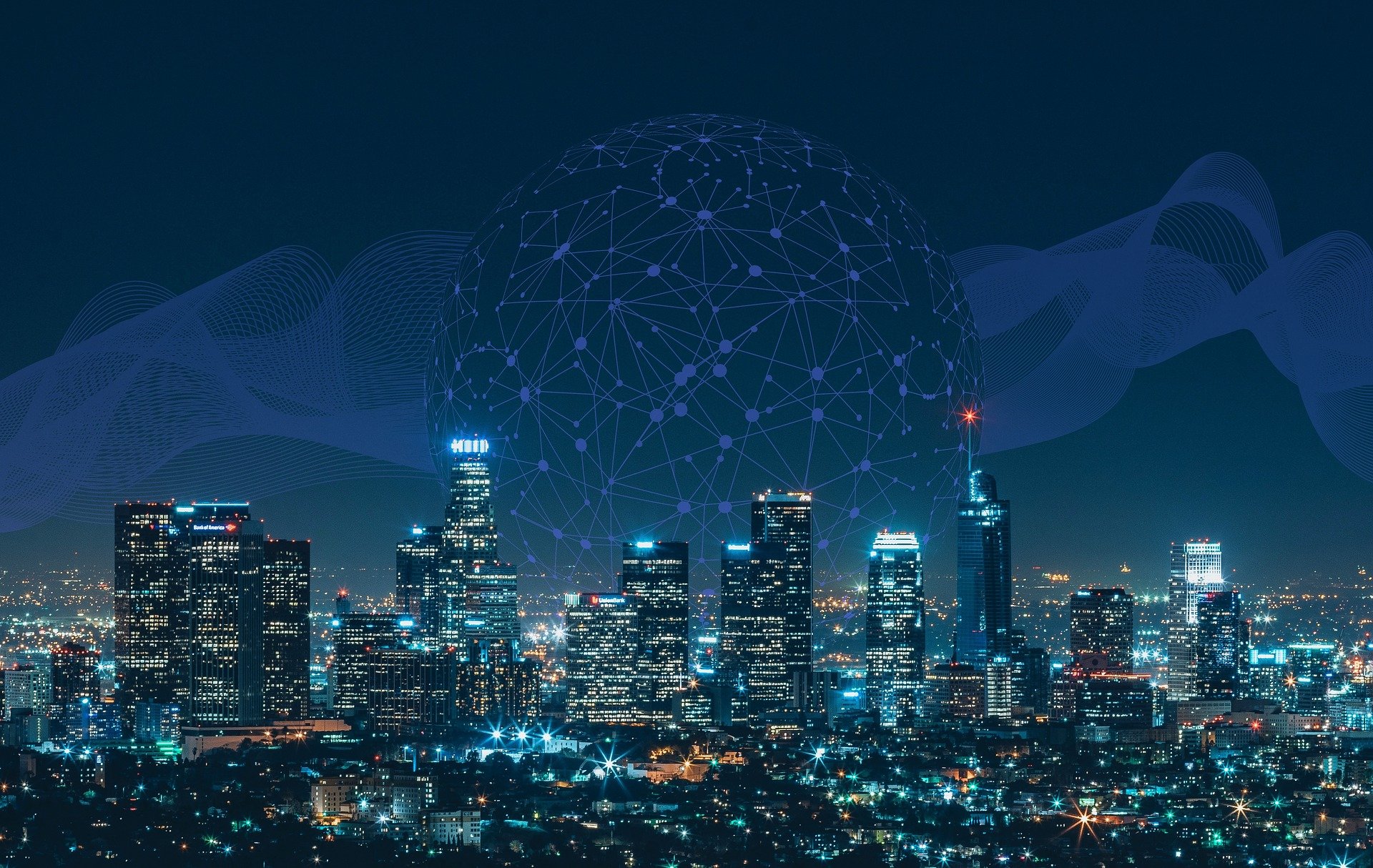In today’s rapidly evolving artificial intelligence landscape, a fundamental question faces technology leaders and business decision-makers: Why do the most advanced AI systems, trained on trillions of words of data, still struggle with tasks that human infants master effortlessly? The answer lies in understanding the profound differences between how human and artificial intelligence develop – differences that have crucial implications for how we approach AI development and deployment in business contexts.

The Scale Paradox
Consider this striking contrast: Modern large language models (LLMs) like ChatGPT train on more than 10 trillion words of text. A typical five-year-old child, by comparison, has heard only about 60 million words throughout their entire development. Yet that child possesses a deeper, more flexible, and more reliable understanding of the world than any AI system we’ve created. This disparity – a difference of five to six orders of magnitude in training data – reveals a fundamental truth about human and artificial intelligence that many technology leaders overlook: More data doesn’t necessarily lead to better understanding.
This realization challenges the prevailing wisdom in AI development, where the solution to improved performance often defaults to “more data.” But what if we’re approaching the problem from the wrong direction? What if the path to more capable AI systems requires understanding not just how to process more information, but how to process it more effectively?
The Development Difference
Recent research using head-mounted cameras on infants has revealed fascinating insights into how human learning begins. In the first three months of life, babies spend approximately 70% of their time processing simple, high-contrast edges – the basic building blocks of visual perception. This isn’t a limitation but rather a carefully orchestrated developmental sequence that Linda Smith of Indiana University describes as “Mother Nature taking them on a little walk through the solution space.”
This structured approach to learning stands in sharp contrast to how we currently train artificial intelligence systems. While human intelligence develops through carefully sequenced stages, building from simple patterns to complex understanding, AI systems often attempt to learn everything simultaneously through massive data ingestion. The results of this difference become apparent in how each system handles novel situations.
Consider this real-world example: A one-year-old experimenting with a xylophone quickly learns through direct interaction that different bars produce different sounds, that the mallet works better than their hand, and that similar principles might apply to other musical instruments. This seemingly simple exploration demonstrates a sophisticated form of learning that even our most advanced AI systems struggle to replicate.
The Quality Question
The distinction becomes even more pronounced when we examine the quality of learning experiences. As Linda Smith points out, “Why would you use crap data? Why would you just pull anything off Reddit and put it in there? Would you raise your child this way? No.” This critique cuts to the heart of current AI development practices, where quantity often trumps quality in training data.
The implications for business leaders are significant. When deploying AI systems, understanding these limitations becomes crucial for setting realistic expectations and designing appropriate applications. An AI system trained on vast amounts of internet data might excel at pattern matching within its training distribution but fail spectacularly when faced with novel situations that require genuine understanding.
The Role of Embodied Experience
Human intelligence develops through direct interaction with the physical world. Consider how a child learns about hot surfaces – one cautious touch of a warm (not hot) radiator teaches them more about heat, pain, and cause-effect relationships than millions of words of text could ever convey. This embodied learning creates rich, interconnected knowledge that can be generalized across contexts.
Murray Shanahan of Imperial College London and Google DeepMind frames this distinction clearly: “Large language models don’t participate fully in the language game of belief.” They can’t engage with the world to update their understanding or verify their “beliefs” against reality. This limitation becomes particularly apparent in their tendency to generate plausible but incorrect information – what the industry euphemistically terms “hallucinations.”
The Communication Paradox
Perhaps most surprisingly, research shows that six-month-old infants can already communicate effectively about their basic needs, showing understanding of others’ intentions and the fundamentals of signaling – all before they develop language. This flips our traditional understanding of intelligence development on its head. While AI systems start with language and attempt to derive communication abilities from it, human intelligence begins with basic communication and builds toward language.
This insight has profound implications for AI development. As Mike Frank of Stanford University notes, “LLMs do not start with communicative ability. LLMs are, in the most basic standard architectures, prediction engines.” This fundamental difference suggests we might need to rethink our approach to developing truly intelligent systems.
The Path Forward
What does this mean for the future of AI development? Several key principles emerge:
First, we need to recognize that more data isn’t always better data. The quality and structure of learning experiences matter more than raw quantity. Business leaders should prioritize curated, high-quality training data over sheer volume when developing AI applications.
Second, the development of AI systems might benefit from a more structured, staged approach that mirrors human cognitive development. Instead of attempting to learn everything at once, systems could be designed to master fundamental concepts before moving to more complex tasks.
Third, we need to rethink how we evaluate AI systems. Current benchmarks often focus on pattern matching and prediction accuracy rather than genuine understanding and generalization ability. Developing better evaluation methods that capture true intelligence rather than mere pattern recognition becomes crucial.
Business Implications
For business leaders and technology decision-makers, these insights suggest several practical considerations:
1. When evaluating AI systems, look beyond raw performance metrics to understand how well the system can generalize to novel situations.
2. Consider the limitations of current AI systems when designing applications. Tasks requiring genuine understanding or real-world interaction might still need significant human oversight.
3. Invest in developing AI systems that can learn more efficiently from less data, rather than simply scaling up existing approaches.
Looking Ahead
The future of artificial intelligence likely lies not in creating perfect simulations of human intelligence but in developing systems that complement human capabilities while learning from how human intelligence develops. As Murray Shanahan suggests, we might be better served thinking of AI systems as “exotic mind-like entities” rather than attempting to replicate human intelligence directly.
Understanding these fundamental differences between human and machine learning isn’t just an academic exercise – it’s crucial for developing more effective and reliable AI systems. As we continue to deploy AI in increasingly critical business roles, acknowledging these limitations and differences becomes essential for setting realistic expectations and designing appropriate applications.
The path forward requires a fundamental rethinking of how we approach artificial intelligence development. Rather than simply scaling up existing approaches, we need to develop systems that can learn more like humans do – through structured development stages, active exploration, and meaningful interaction with the world. Only then might we begin to bridge the learning gap between human and artificial intelligence.



